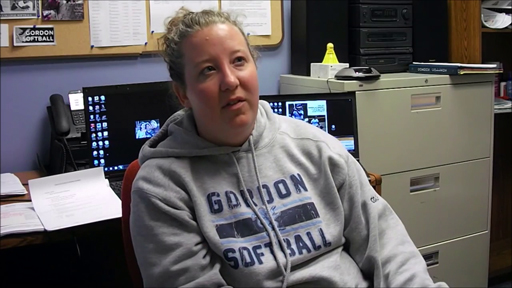1 A tailored response to burnout
One of the important things to keep in mind when responding to burnout is that every individual has a different experience. Listen to this clip of a softball coach at an American college. The coach was asked ‘what would your reaction be if an athlete said they felt burned out?’. Listen to her response.

Transcript: Video 1
The softball coach emphasises the individual basis of burnout, a need to know ‘the whole of what’s going on’ and a consideration about their existing relationship with, and knowledge of, the athlete.
You can see that every burnout experience is different, and every response needs to fit the individual circumstances.
Activity 1 How would you help prevent burnout?
Imagine you are a coach embarking on a new role with a squad that has experienced high levels of burnout before. You as the coach are interested in how you could act to reduce burnout incidence in the future.
What actions would you recommend the organisation or club takes to prevent burnout in other athletes?
Discussion
Responsibility should be taken by organisations to prevent burnout in the first place. It could be that the environment and its practices are contributing to burnout. Therefore, your focus for actions may be on situational aspects such as the training and/or the competitive environment, and/or educating those supporting athletes. Your actions might include reviewing:
- coaching behaviours (i.e. style and tone)
- the climate created by coaches and parents (e.g. their focus, expectations, goals, rewards for athletes)
- support for life outside sport (i.e. broadening athlete identities), and
- the schedule to allow appropriate recovery combined with monitoring for early warning signs, including managing overtraining
You may have thought of other actions that could also be useful.
It is important to consider the range of factors that may be influencing an individual and then respond holistically to the individual’s needs. Often it is a blend of strategies that are used based on the information you have gleaned about the individual’s experience. These would be tailored to respond to the circumstances.
You will now explore three preventative strategies in more detail. These are:
- preventing overtraining
- needs supportive coaching, and
- creating a mastery motivational climate.
So, first what can you do to prevent overtraining?
